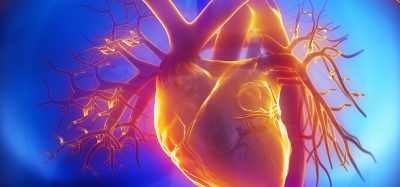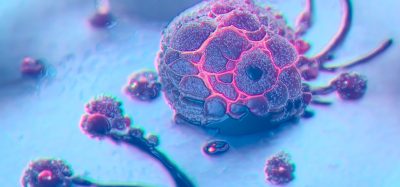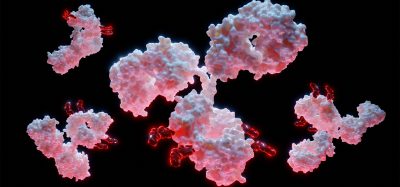Drug development in stem cell-derived liver organoid models
Posted: 22 June 2021 | Dr Takanori Takebe (Cincinnati Children’s Hospital) | No comments yet
To ensure that new drugs are effective and have as little toxicity as possible, they first need to be tested in model systems before entering clinical trials. In this Q&A, Dr Takanori Takebe outlines his research into liver organoids derived from stem cells that can be used to test new drugs as well as advance personalised and precision medicine.
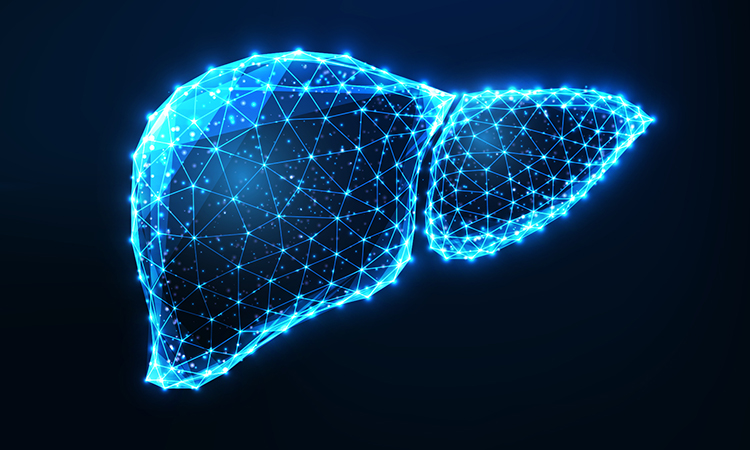
Ensuring that the drugs that reach clinical trials will be effective in humans and not induce any side effects is no small task. However, progress has been made in creating organoids that replicate human processes. Using stem cells, Dr Takanori Takebe and his team from Cincinnati Children’s Hospital are developing liver organoids that could guarantee a smooth transition from pre-clinical research to clinical trials.
Why have you focused your research on liver organoids derived from stem cells?
One of the most important aspects of the pre‑clinical drug discovery process is to evaluate the influence of the human metabolism, as well as toxicity or potential side effects. This is also important for later pharmaceutical development processes. These studies are often conducted in animal models and are not able to replicate some of the critical reactions that we see in human conditions. Other research is explored through biochemistry-based assay systems or primary human hepatocytes, which are very hard to obtain from humans in stabilised quantities.
For these reasons, we are currently developing a human stem cell culture model in an attempt to generate healthy and diseased liver organoid samples. We are using human induced pluripotent stem cells (iPSCs) which are a very primitive population, having the potential to differentiate into entire lineages in the body. This could be very useful for predicting human health responses to drug metabolism as well as toxicity, by utilising liver organoids grown from healthy individuals.
We are currently developing a human stem cell culture model in an attempt to generate healthy and diseased liver organoid samples”
We are also exploring a pathogenic version of a human liver organoid model system. Non‑alcoholic steatohepatitis (NASH) currently lacks effective treatments and the industry is pushing to conduct clinical trials, but unfortunately it is very hard to foresee the efficacy of potential drugs against this condition when tested in humans. To resolve this challenge, we are developing a diseased version of a human liver organoid system that can be provided to the pharmaceutical industry to conduct a screening optimisation of hit compounds.
A human liver organoid model with a structural similarity to normal organs could be incredibly helpful to bridge the gap between the existing modalities for drug screening process.
How do you create the liver organoids from iPSCs?
Essentially, we are trying to recapitulate the normal foetal embryonic developmental process. Starting with the iPSCs, we first expose some of the cultural factors to produce endoderm populations, which is a precursor to the liver cells. Then we switch the medium, advancing the cells to become liver or mesenchymal progenitor cells. We cross these or mix them to create more complex structures. Over time, they assemble; in total, it takes two months from the stem cell stage to form initial organ-like structures that can be developed in a dish. In humans, it takes nine months to fully develop organs, but this in vitro culture speeds up the process by adding nutrients or some of the proteins that facilitate the differentiation process.
What are the applications of this technology for disease research?
We are currently working on multiple disease applications. One of the main uses is in studying gastrointestinal diseases and we have numerous liver disease patient-derived iPSC lines with a gastrointestinal disease focus.
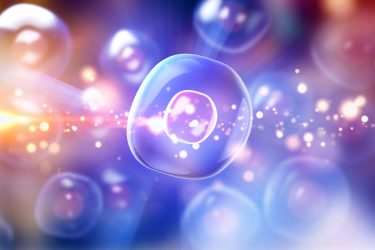 We are also targeting NASH, which is a rising cause of liver failure. We are currently developing an organoid library that may reflect the NASH variabilities occurring across various genetic complexes. Using this, we are currently investigating how we can help the drug discovery process.
We are also targeting NASH, which is a rising cause of liver failure. We are currently developing an organoid library that may reflect the NASH variabilities occurring across various genetic complexes. Using this, we are currently investigating how we can help the drug discovery process.
The third component is vascular disease. In particular, we are developing a COVID-19 model, as this virus greatly affects the coagulation or complement cascades, which are predominantly produced by liver cells. We are therefore combining our liver organoid with a vascular model system to investigate severe infection and complications from SARS-CoV-2, the virus that causes COVID-19. From this, we have identified very promising candidates that could be used to treat the condition.
What are the main challenges you have faced in this research and how have you overcome these?
The key question we have to answer is “how complex is simple enough?” as this depends on what part of the drug development process they are required for. For example, during the initial compound screening process, the pharmaceutical industry requires high throughputs and reproducibility. If you have very complex liver organoids, this will compromise the speed of screening or later studies. Due to this, we need to optimise the organoid depending on the context of its use.
A highly complex model will be more useful for the later stage of the drug discovery process. However, in the early earlier stages we intentionally reduce the complexity of the model; for example, we can completely eliminate the mesenchymal population and solely focus on hepatocytes.
How scalable is your method and why is that important for pharma?
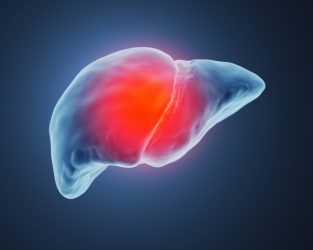 Scalability has two different aspects; one regards the various ways of producing numerous organoids. Depending on the screening stage, we might need vast numbers of organoids – potentially hundreds or thousands per experiment to test hundreds of different compounds. This type of experiment is currently envisioned with a robotic or automated system. This therefore requires a laboratory dedicated to focusing on the robotic-based manufacturing system for the organoid production to be scaled up.
Scalability has two different aspects; one regards the various ways of producing numerous organoids. Depending on the screening stage, we might need vast numbers of organoids – potentially hundreds or thousands per experiment to test hundreds of different compounds. This type of experiment is currently envisioned with a robotic or automated system. This therefore requires a laboratory dedicated to focusing on the robotic-based manufacturing system for the organoid production to be scaled up.
The second part of scalability is to test out a number of different patients. Thinking about treating common disorders like NASH, type 2 diabetes or maybe dementia, we have to consider a more personalised- or precision-based approach to test out who is most likely to be successfully treated.
How do you think the role of stem cells and organoids in personalised and precision medicine will progress in the next five to 10 years?
I think in five years’ time, stem cell organoid technologies will take medicine to the next level. Cheaper and more reproducible high quality iPSCs will be available to the people who need them.
Stem cell organoid technologies will take medicine to the next level”
Once we have this process optimised, we can then work on organoid production of the body’s entire system. Subsequently, we could customise or tailor responses based on the prediction of disease. For example, in terms of NASH, what we are preliminarily finding is that not all patients respond to the same drugs in development. This means that many drugs are failing at Phase III of clinical trials because of the inadequate efficacy demonstrations. However, if we have organoid samples, this can reveal earlier on whether drugs will be effective in certain patients.
Dr Takanori Takebe is a Director of Commercial Innovation at the Center for Stem Cell & Organoid Medicine (CuSTOM) and Associate Professor at Cincinnati Children’s Hospital Medical Center. He is also Professor at the Institute of Research at Tokyo Medical and Dental University (TMDU). As a board member of the International Society for Stem Cell Research (ISSCR), Takanori is passionate about promoting stem cell research.
Related topics
Drug Development, Induced Pluripotent Stem Cells (iPSCs), Organoids, Precision Medicine, Screening, Stem Cells
Related conditions
Covid-19, Dementia, Gastrointestinal disease, Non-alcoholic steatohepatitis (NASH), Type-2 diabetes
Related organisations
Bit Bio




